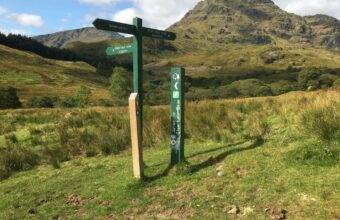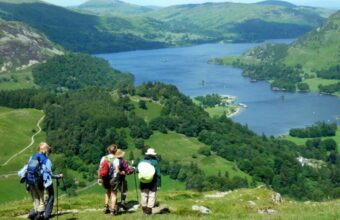The United Kingdom
Four nations, one shared history



Where can you find four countries in one, each with its own defining characteristics, but with at least one big thing in common?
The United Kingdom is that rare beast. England, Scotland, Wales and Northern Ireland are the four separate entities: Four capital cities, four unique histories, four national football teams, four ways (at least) of looking at the world… all rolled into one haphazard, at times strained, but unquestionably fascinating union.
With its self-contradictory national myths, the UK can be hard to pin down for locals and visitors alike. Brits are oddly proud of their reputation for mind-your-own-business reserve, while simultaneously fond of tipsy banter with strangers in friendly pubs. They cultivate the so-called “stiff upper lip” and a supposed penchant for good manners, while roaring for their local football team with a rowdy, delirious tribalism. The UK has global, culture-defining cities among its fair share of small-town parochialism. It celebrates its history, monuments and Monarchic rituals alongside an ever more diverse and progressive urban society which borrows (admittedly, often without asking) from cultures in every corner of the world.
It’s an onion of a national identity. All the visitor can do is keep peeling back the layers to see what lies beneath.
Where to go? What to do? It’s all a matter of taste. You’ll find towns and cities with world beating museums, music and cultural festivals; Edinburgh, Hay, Glastonbury, among a panoply of others. You’ll find a country that’s working hard to shake off its reputation for stodgy cuisine (yes, really!) You’ll find castles, estates and ruins that are older than many countries all set in timeless, rolling (and occasionally dramatic) countryside that is tailor-made for walking and hiking trips.
From country pubs to the Notting Hill Carnival; Sunday afternoons on village greens to the world’s largest Diwali festival outside India. The ball’s in your court. With four countries in one calling you, and countless good reasons persuading you, all you have to do is…go.
Walking in the UK
An essential guide to planning a walking holiday in the UK
The United Kingdom is a walking holiday paradise: Hundreds of thousands of miles of well-mapped public footpaths, beautifully varied landscapes, excellent hospitality, and easily accessible. It’s no wonder this is a nation of walkers. From the Scottish Highlands to the South Downs and almost everywhere in between, walker-friendly accommodation, well organised baggage transfer services and convenient transport connections make organising walking trips a piece of cake...read more
The United Kingdom Travel Guides
-

Scotland
Much more than kilts & bagpipes
There is a border between England and Scotland, but it’s easy to miss... -

The Highlands
Scotland’s geological fault line runs from the Isle of Arran in the south-west to Stonehaven in the north-east, delineating the dramatic Highlands from the more gently rolling landscapes to the south... -
Great Glen Way
... -
Caithness
... -
John O'Groats
... -
Thurso
... -
Speyside
... -
Cairngorms National Park
... -
Loch Ness
... -
Caledonian Canal
... -
Inverness
... -
Fort William
... -
Sound of Arisaig
... -
Knoydart
... -
Loch Lomond & the Trossachs
... -

The Borders
... -
Dumfries and Galloway
... -
Loch Lomond and The Trossachs National Park
... -
Loch Linnhe
... -
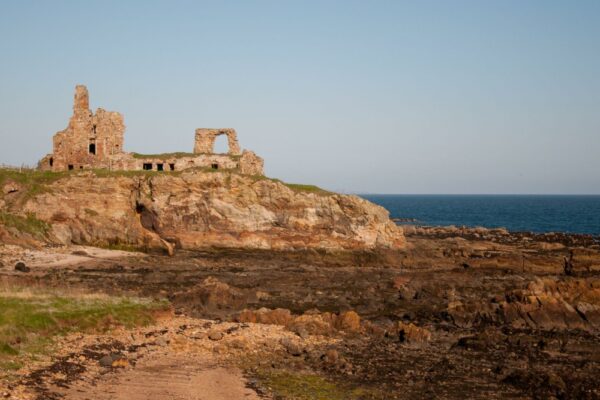
The Lowlands & Central Belt
The Scottish Lowlands sweep up from the English border past the major cities of the Central Belt, the old Kingdom of Fife and up to Stonehaven in the northeast... -

Inner Hebrides
When looking at a map of Scotland, it can be hard to distinguish peninsulas from islands on the wonderfully convoluted west coast... -
Isle of Mull
... -
Isle of Jura
... -
Isle of Islay
... -
Shuna Island
... -
Isle of Barra
... -
Isle of Lewis
... -
Isle of Skye
... -
St. Kilda
... -
Isle of Rùm
... -
Isle of Eigg
... -
Isle of Arran
... -
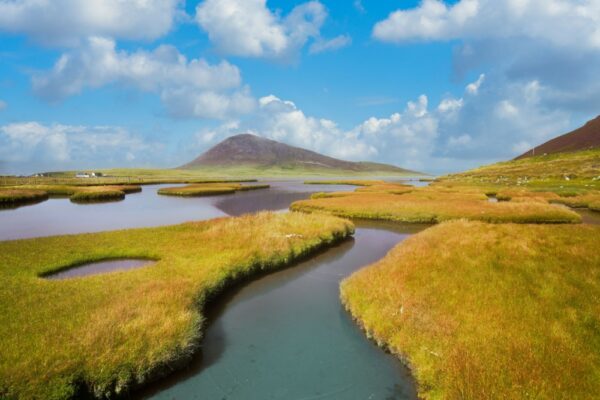
Outer Hebrides
In the westernmost reaches of Scotland, embrace Gaelic culture, archaeological wonders, and remote and wild landscapes... -

The Northern Isles
The Northern Isles feel a world away from the mainland UK—both Orkney and Shetland are closer to the Arctic circle than to London—yet these rugged archipelagos at the collision of North Sea and Atlantic Ocean are surprisingly accessible... -
Orkney Islands
... -
Edinburgh
... -
Oban
... -

Glasgow
... -
Aberdeen
... -
Balmoral
... -
Morvern Peninsula
... -
Kintyre Peninsula
... -
Glencoe
... -

England
Rolling countryside and special cities
Get underneath the skin of eccentric England and you’ll discover a place of outstanding natural beauty, ancient history and modern metropolises... -

South West
Easily my favourite place in the UK to walk, although as it's my home patch I may be biased... -
Dorset
... -
Cornwall
... -
Dartmoor National Park
... -
Exmoor National Park
... -
Somerset
... -
Devon
... -

Cotswolds
For a glimpse of classic English limestone countryside with rolling hills, leafy vales, dry stone walls and pretty, if sometimes twee, villages, try some of the paths criss-crossing the Cotswold region... -

Isle of Wight
With a varied and fascinating coastline of 60 miles, the Isle of Wight is bigger than many outsiders expect... -

South Downs
You won’t find wilderness areas along the south coast between Kent’s ‘Garden of England’ and Poole Harbour... -

Lake District
Perhaps the most famous walking region in the UK, the Lake District offers a chance to wander lonely as a cloud amid impressive landscapes of mountains and water... -
Windermere
... -
Keswick
... -

Northumberland
There’s a large area between the Tyne and the Scottish border that is little troubled by tourists but full of walking possibilities... -

The Peak District
The UK's original national park
The Peak District is the UK's first national park, established in 1951 to carve out a protected space between the encroaching industrial cities of the midlands and northern England... -
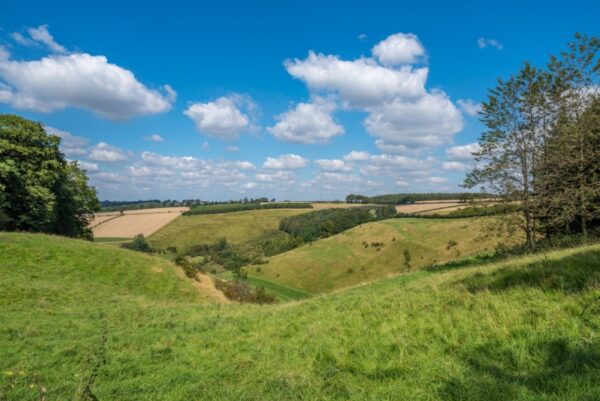
Yorkshire Wolds
Yorkshire isn't known for its modesty, especially not when it comes to the well-known (and busy) Dales, Moors and Peak District... -
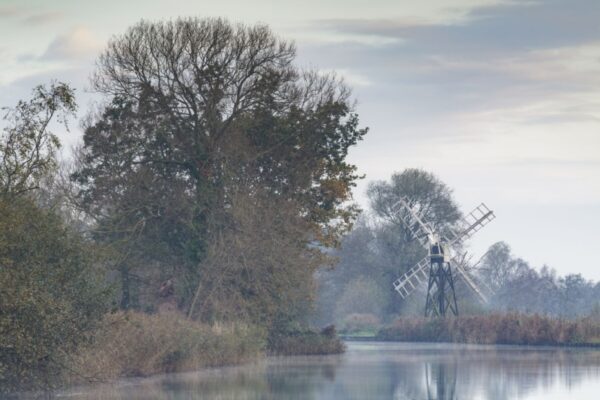
Norfolk
Hillwalkers look away now... -

Yorkshire Dales National Park
The Yorkshire Dales is a classic north-English landscape of rolling hills, stone villages and patchwork fields... -
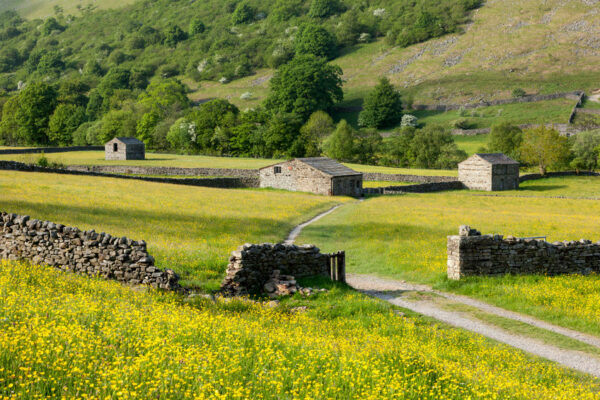
Low Row
... -

Keld
... -
West Witton
... -
Hawes
... -

Aysgarth
... -

Middleham
... -
West Burton
... -
Askrigg
... -
Hardraw
... -

Wensleydale
... -
Malham
... -
Burnsall
... -

Linton
... -

Kettlewell
... -

Arkengarthdale
... -

Reeth
... -
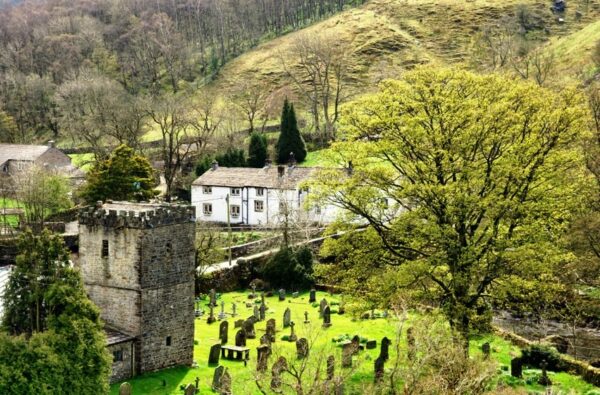
Buckden
... -

Ravenstonedale
... -

Sedbergh
... -

Yorkshire
... -
York
... -
North York Moors
... -
Carlton
... -
Kent
... -
Chiltern Hills
... -
Suffolk
... -
Cheshire
... -
Cumbria
... -
Easton
... -
Kirkby Stephen
... -
Grange over Sands
... -
Herefordshire
... -
Symonds Yat
... -
Hereford
... -
Tyne & Wear
... -
Shropshire
... -
Worcestershire
... -
Broadway
... -
Hadrian's Wall
... -
Lincolnshire Coast Path
... -
Wiltshire
... -

Wales
History, hills and Hiraeth
Wild Wales is the perfect place to get away from it all and explore nature... -
Cardigan Bay
... -
Brecon Beacons National Park
... -
Monmouthshire
... -
Pembrokeshire
... -
Powys
... -
Snowdonia National Park
... -
Anglesey
... -
Llyn Peninsula
... -
Monmouthshire
... -
Northern Ireland
... -
Mourne Mountains
...
Places to go in The United Kingdom
The United Kingdom Tours



The South West Coast Path (all sections)
Self-guided walking holidays on the SWCP
4 daysFrom £340


The United Kingdom Travel Companies
